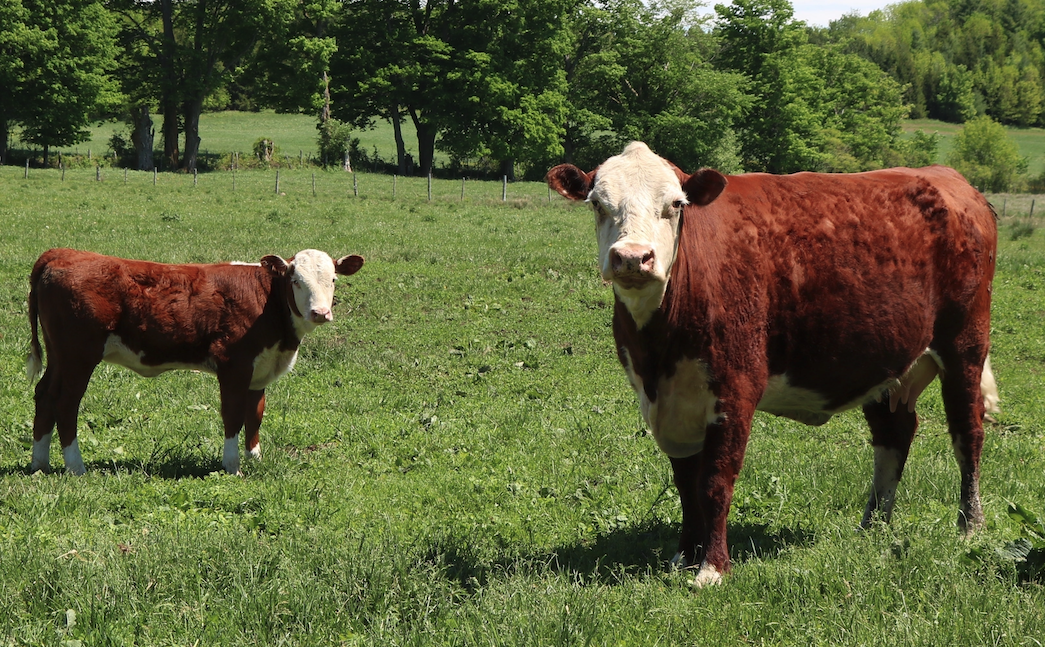
If you have nagging weeds in your pasture, fall is a great time to knock them out and get them under control. During winter, a weed’s root system is transferring sugars to prepare for growth in the spring—stockpiling the nutrients it will need in the spring to grow and thrive. If you can stop that function now, you will start to win the weed battle.
While it may not be as time efficient, when it comes to killing weeds, spot treatment is most recommended to avoid negative impact on any broadleaf plants like clover, alfalfa or legumes. Here are a few more things to keep in mind as you are treating your pasture this fall:
Know Your Plants
And weeds for that matter! Knowing which herbicide you need to effectively kill the weeds present, without harming other grasses, will help you make the best investment.
Pay Attention to Timing
Herbicides do their best work when temps are above 50°F. They also do better when the plant’s leaves are still healthy and absorbing nutrients. Herbicides can still be applied after a frost if the weed is still alive.
Wait Two Weeks
Do not apply herbicides on a newly clipped pasture. Instead, wait at least two weeks after mowing to spray, so the weeds will have enough foliage to transfer the chemical through the plant and into the roots. If you’re spraying hay fields, be sure to follow the herbicide label for withdrawal periods to avoid residue in the bales harvested.
Read the Labels
This includes understanding what plants the herbicide will control, proper application rates and safety precautions to take while treating your pasture. Here is an informative website from University of Wisconsin Extension to help you identify and manage weeds.
Do Some Introspection
If you have areas in your pasture that are overrun by weeds, there’s a good chance it’s the result of overgrazing. Many times, you’re better off to kill off the plants and re-seed the pasture. Then we recommend spending the winter months developing a stronger rotational grazing plan that will ensure your pasture is healthy and densely filled with grasses and forage.
With a bit of effort this fall and well executed plans, your pastures can be full and lush next spring!
